The European Space Agency (ESA), Airbus Defence and Space (a subsidiary of Airbus Group) and Voyager Space (USA) have just signed a Memorandum of Understanding, thereby realizing the commitment to cooperate in developing a commercial space station of the Airbus-Voyager Space consortium.
The agreement was signed at the ESA Space Conference on November 6-7 in Seville, Spain, and marks a joint effort by the three parties to build the future of the space station after the ISS, Space News reported. And that is just one option being pursued.
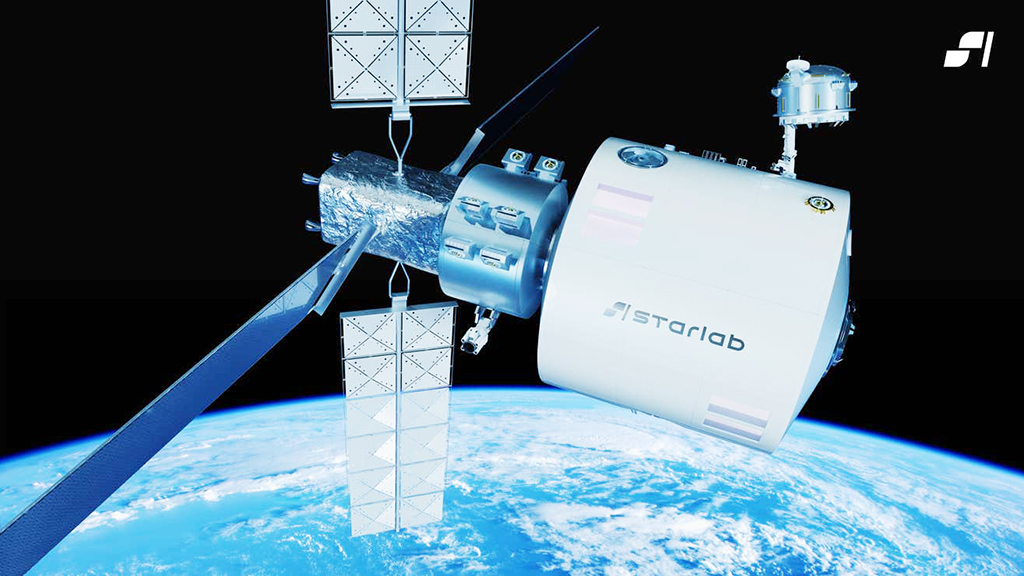
Starlab Space Station image simulation
The direction of Europe
In an effort to ensure access to low Earth orbit, ESA has signed an agreement to study the possibility of using a commercial space station being developed by Voyager Space to replace the ISS. The space station, called Starlab, is scheduled to be deployed in 2028, Space News reported.
The announcement of the MoU comes three days after ESA announced plans to build a cargo spacecraft to resupply the ISS and later the post-ISS space stations. Airbus was initially selected to help design Starlab. Over time, the two companies deepened their partnership and in August, Airbus officially became the core partner behind the project.
For more than two decades, ESA, like other parties, has used the ISS as a scientific laboratory in Earth orbit. Once the ISS is retired, it is expected that the era of private space stations will come. Therefore, with this new move, it is clear that ESA is placing great expectations on Starlab. Through this strategic move, ESA hopes to ensure a smooth transition in Earth orbit after the ISS is retired in 2030.
"ESA appreciates the transatlantic initiative for the Starlab commercial space station, and the prospect of Europe putting a strong European footprint in the development and use of the space station," said ESA Director General Josef Aschbacher.
How did the failed Luna-25 mission affect the Russian space program?
Plans of the US and Russia
On November 20, the partners of the ISS program will celebrate 25 years since the first module, Zarya, built by Russia but funded by the United States, was launched into orbit, marking the beginning of the ISS. Space.com recently reported that the US National Aeronautics and Space Administration (NASA) and ISS partners in Europe, Japan and Canada have reached an agreement to continue operating the ISS until 2030. Meanwhile, Russia has confirmed that it will only participate until 2028.
Despite US expectations, Russian President Vladimir Putin on October 26 set a deadline of 2027 for the Russian Federal Space Agency (Roscosmos) to launch the first module of the country's space station into orbit, according to TASS. Meanwhile, Mr. Yuri Borisov, Director General of Roscosmos, stressed that Russia needs to quickly complete the plan to build the space station on schedule, to avoid the risk of falling behind while the US, Europe, Canada and Japan implement the joint project.
NASA in 2021 selected Starlab as one of three space station designs that would replace the ISS. NASA spent $415.6 million on a total of three potential partners under the Commercial Low Earth Orbit (CLD) program. In addition to Voyager Space, the other two partners were Blue Origin and Northrop Grumman.
However, on October 4, Northrop Grumman announced that it had terminated its contract with NASA and switched to cooperating with Voyager Space. In addition, NASA also supported Axiom Space to carry out a program to develop a commercial module that would initially be installed on the ISS and then separated to form a commercial space station.
The possibility of the ISS continuing to operate after 2030
While all parties focus on efforts to develop private space stations, NASA is reportedly still concerned about the possibility of building a commercial space station to replace the ISS in time. That is why the agency is leaving open the possibility of extending the ISS's operating time beyond the planned 2030 threshold. Space News quoted Mr. Ken Bowersox, Assistant Administrator of NASA, saying that it is "not mandatory" to retire the ISS in 2030 as currently planned. The time of ISS retirement may be sooner or later depending on the progress of projects to build commercial space stations.
Source link



![[Photo] Hanoi morning of October 1: Prolonged flooding, people wade to work](https://vphoto.vietnam.vn/thumb/1200x675/vietnam/resource/IMAGE/2025/10/1/189be28938e3493fa26b2938efa2059e)
![[Photo] President of the Cuban National Assembly visits President Ho Chi Minh's Mausoleum](https://vphoto.vietnam.vn/thumb/1200x675/vietnam/resource/IMAGE/2025/10/1/39f1142310fc4dae9e3de4fcc9ac2ed0)

![[Photo] Keep your warehouse safe in all situations](https://vphoto.vietnam.vn/thumb/1200x675/vietnam/resource/IMAGE/2025/10/1/3eb4eceafe68497989865e7faa4e4d0e)







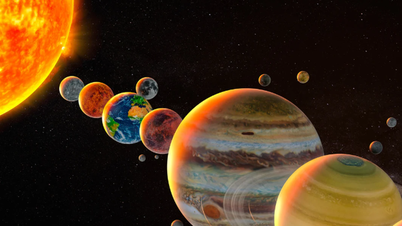


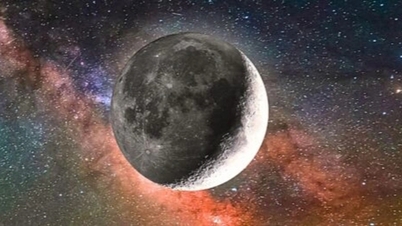












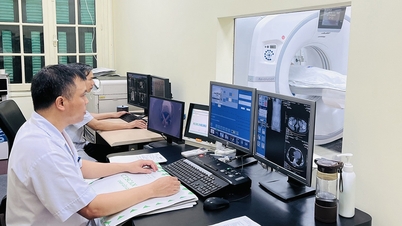











































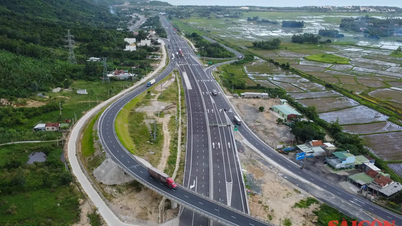



















Comment (0)